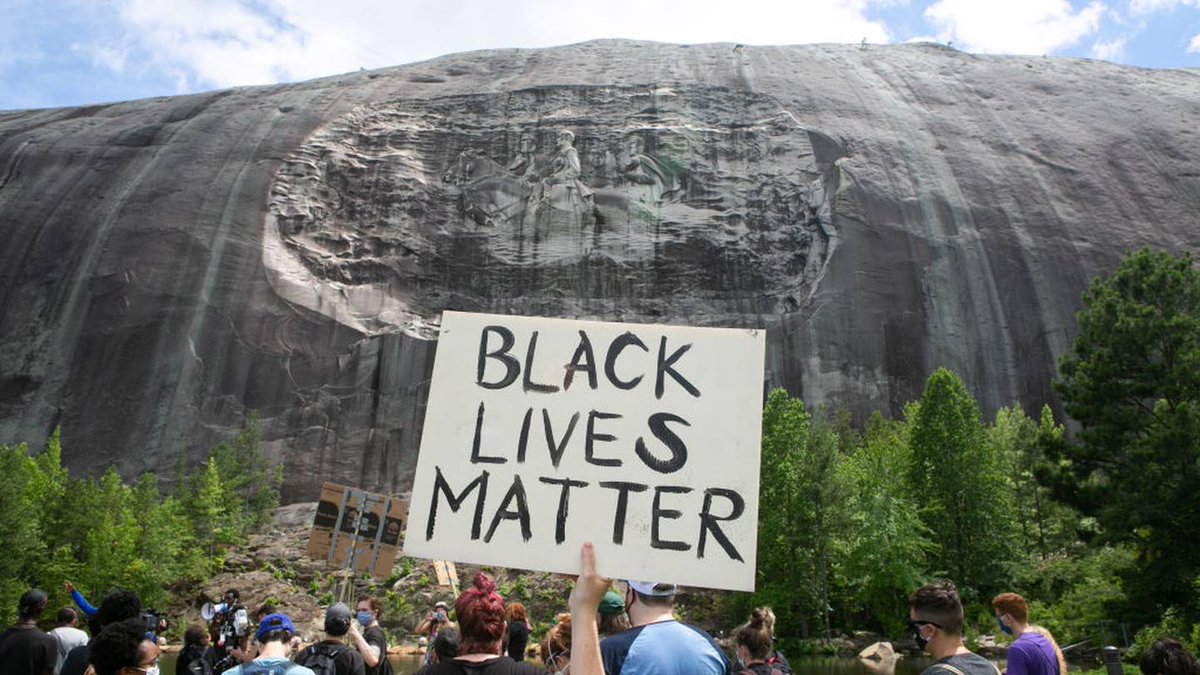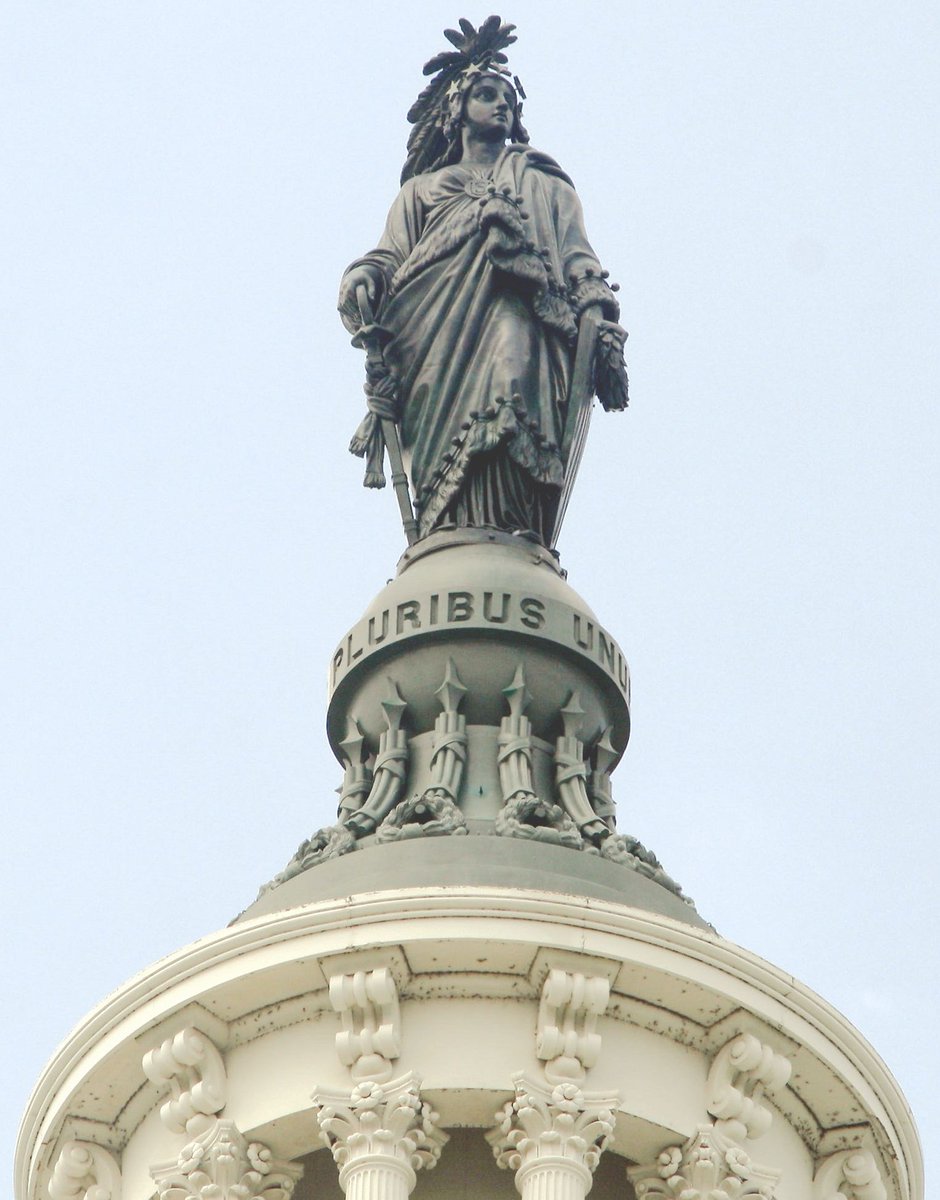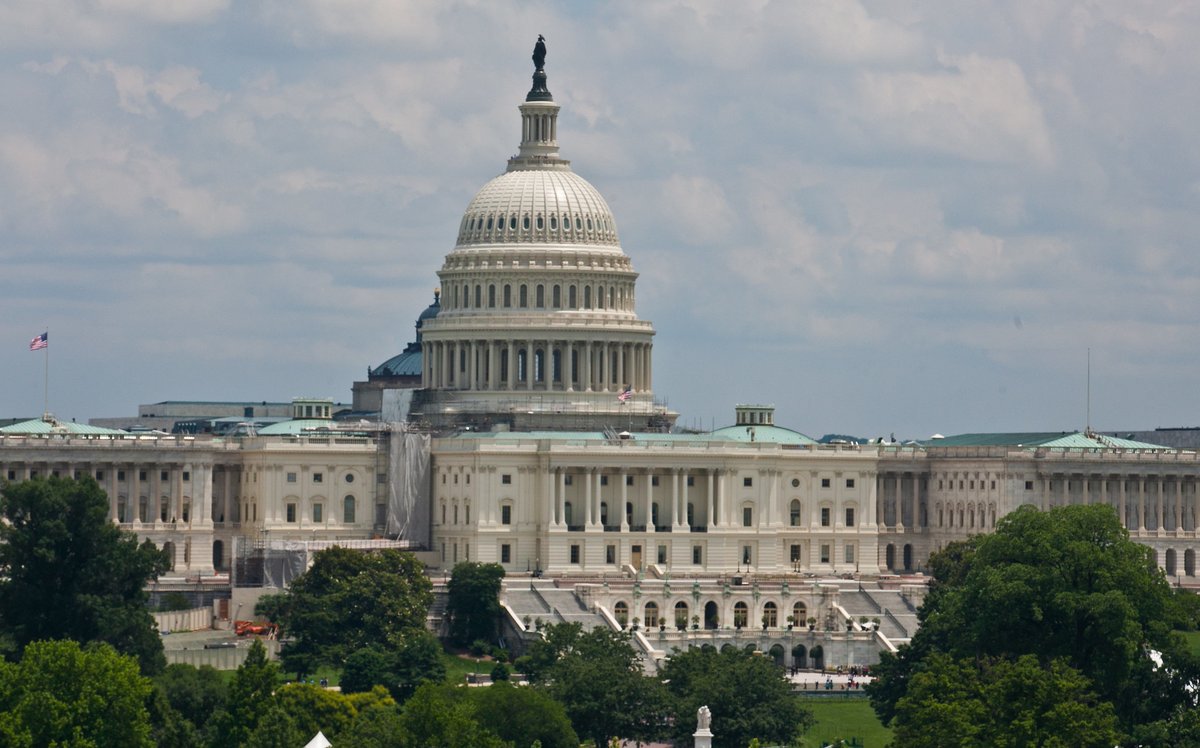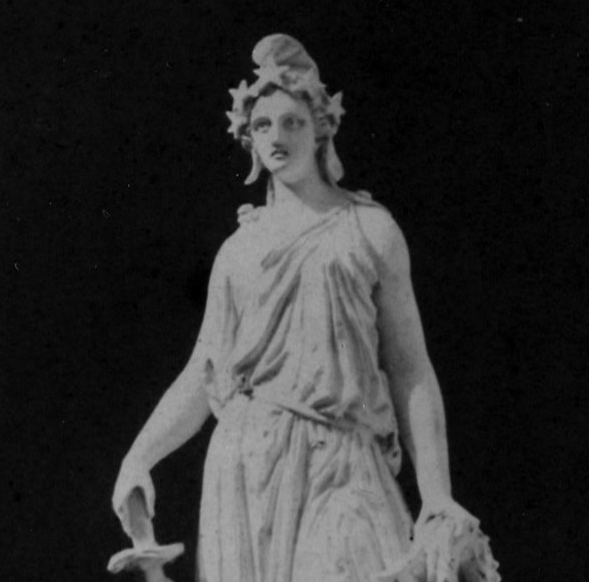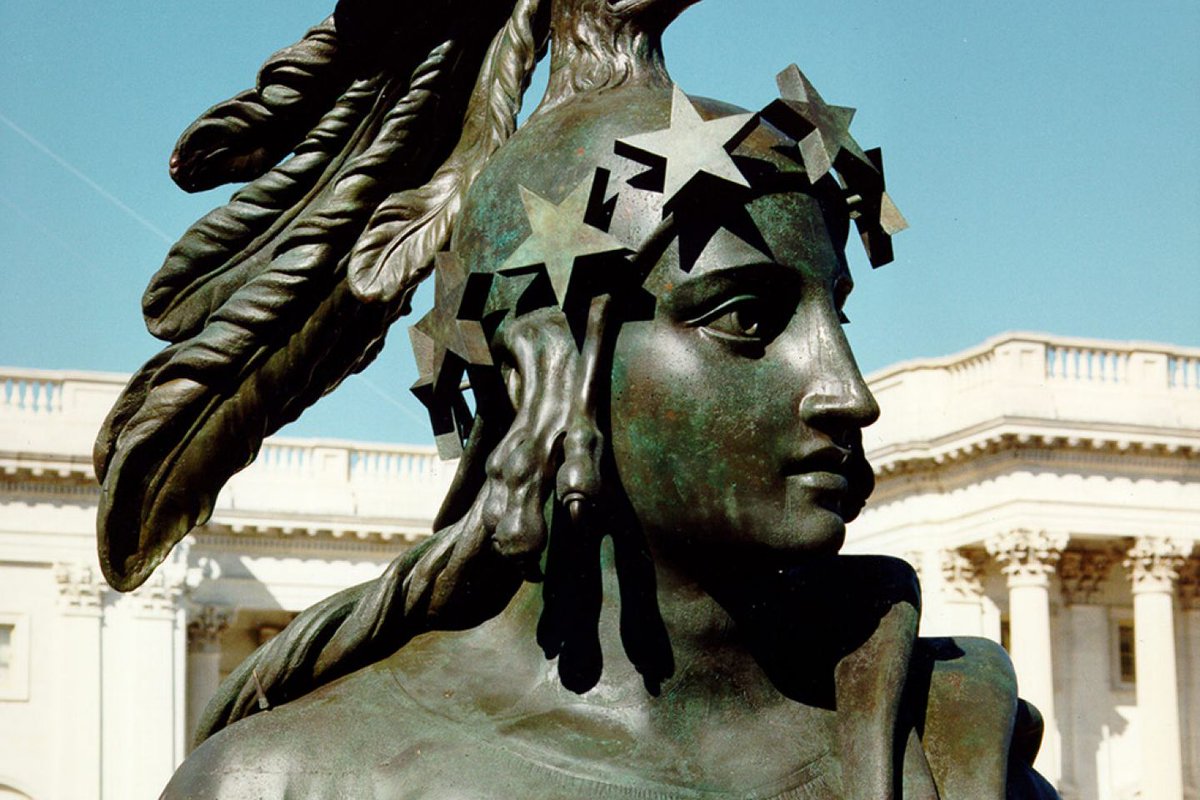
Highly recommend this exhibition @metmuseum: metmuseum.org/exhibitions/li…
One of many spectacular works: metmuseum.org/art/collection….
The label describes Mexkehme-Sukahs' "buckskin shirt lined with otter fur and covered with brass discs and strips of beadwork." His face paint has "zigzag designs that emanate from his vermilion-lined eyes and mouth." The ermine pelt in his hair has blue glass beads for eyes.
• • •
Missing some Tweet in this thread? You can try to
force a refresh








